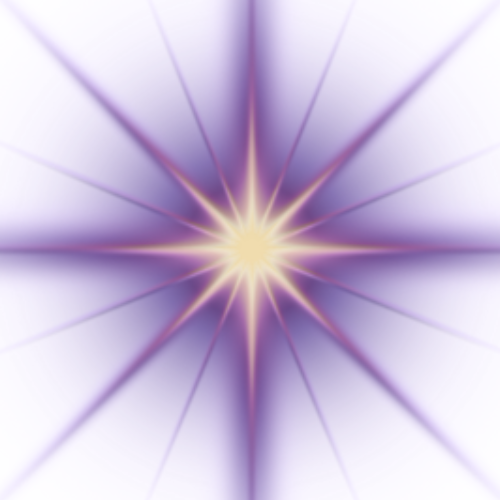Please welcome Visionary Fiction writer Peggy Payne.
 Please tell us a little about yourself.
Please tell us a little about yourself.
I’m fascinated by the supernatural and, in that category, I include both the occult, the esoteric, and the major religions. I’m curious about things invisible; I want to see them!
I grew up in a beach town, Wilmington, North Carolina, and feel that water has some essence of the great mysteries, of the sublime.
I now live beside a farm pond that’s three-quarters of a mile through woods from a large lake. I kayak occasionally and garden a lot.
I’m married to a psychologist Bob Dick, who has a special interest in clinical hypnosis.
The basic facts of my career are these: I’ve been a freelance writer since 1972, after graduating from Duke and working a couple of years for a newspaper. I’ve been a TV news reporter, a travel writer, an ad copy writer. I’m author of the novels Cobalt Blue (which received an IPPY for Visionary Fiction); Sister India, a New York Times Notable Book of the Year, and Revelation, a New York Times Book Review Editors’ Choice.I’m co-author of The Healing Power of Doing Good. My work has appeared in magazines including More, Travel & Leisure, Ms. Magazine, Family Circle, Cosmopolitan, Publishers Weekly, etc., and in most of the major American newspapers.
I never planned to write fiction; it came upon me as a calling.
In addition to my writing, I provide manuscript feedback and career consulting for other writers.
How did you become interested in Visionary Fiction?  Click pictures to order
Click pictures to order
I’m relieved someone came up with the term Visionary Fiction. And I wish it were more widely known and used. I was always interested in “what’s on the other side” and in reading fiction. As a writer, I initially intended to write nonfiction. But then I was seized by the need to write a novel. What has emerged is stories that almost always include spiritual experience, the supernatural, and very often the convergence of sex and the spiritual. Again, these changes of course never felt like choices, more like the way a tree grows particular limbs, simply an unfolding.
Tell us about your latest project.
 Cobalt Blue is my latest book. It’s about an artist, a 38 year-old woman in Pinehurst, North Carolina, who has a dramatic and confusing spiritual experience that first tips her into compulsive sexual behavior. I’m as shocked as anyone that I wrote this. I could describe the story in another way: it’s about a woman who wanted to break out of the narrow boundaries of herself.
Cobalt Blue is my latest book. It’s about an artist, a 38 year-old woman in Pinehurst, North Carolina, who has a dramatic and confusing spiritual experience that first tips her into compulsive sexual behavior. I’m as shocked as anyone that I wrote this. I could describe the story in another way: it’s about a woman who wanted to break out of the narrow boundaries of herself.
If your book were chocolate, what kind would it be?
If Cobalt Blue were chocolate, it would be radioactive chocolate.
Does this book fit into a series?
This novel is not part of a series. It’s one of a string of novels that, in widely diverse situations and people, explore spiritual experience. (My first novel, Revelation, is about a highly intellectual minister in Chapel Hill who starts hearing God talking to him out loud. He had never believed in this sort of thing.)
How did you prepare to write about the book’s specific area or field of study?
I simply started writing. I didn’t realize where the story was going. I did some reading along the way as questions developed. After many drafts of Cobalt Blue, I said to myself one night as I was sitting on the porch watching the rain: it’s kundalini that the book’s about. I didn’t even know what the word meant. I had overheard it at a party. I looked it up and discovered that “kundalini rising” did indeed describe the character’s crisis and transformation.
How does this book fit into your real-life interests?
Perfectly.
What’s next for you?
I’m pretty far along on novel about a 15 year-old girl with an astral boyfriend. And I’ve done a fair amount of work on a biography/memoir of a 20th century woman artist who became an activist and leader in spite of the fact that she dressed in medieval clothes, was led by Athena, and conversed regularly with King Arthur.
Website: www.peggypayne.com
Blog: Emails to My Therapist www.peggypayne.com/blog
Consulting Services for Writers: www.peggypayne.com/consulting

“I’m relieved someone came up with the term Visionary Fiction.” Me, too, Peggy. “And I wish it were more widely known and used.” Same here. Your story about how you became interested in visionary fiction is a familiar one. It’s great to get to know you better.
I love reading Theresa’s interviews, and this is no exception. Peggy Payne’s dance with the Divine is so unique, revealing one more way the Mystical interacts with us individually and collectively on this Earth. Thanks to you both for this lovely piece.
I’m very pleased to be included in Theresa’s interviews, Rea Nola Martin!
Thanks, Margaret. I’m glad to have “met” you.